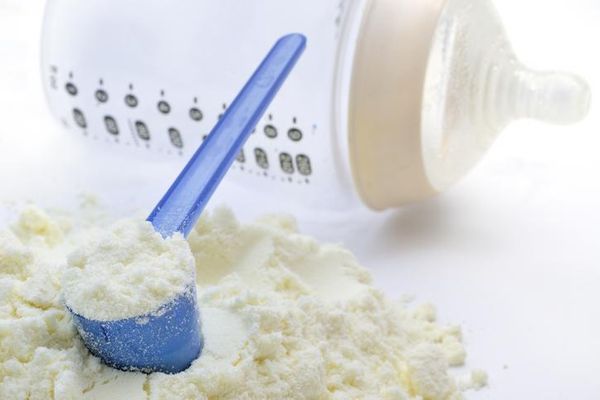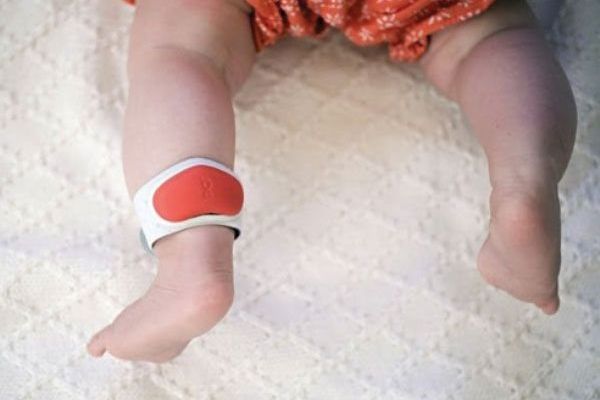The world of solid foods is exciting for you and your baby to explore, but there are many misconceptions that may be confusing when it comes to deciding on the best way to introduce your baby to solid foods. Be sure to talk with your baby's health care provider about the best foods and methods to try when you're starting to add solids to your baby's diet of breast milk and/or formula.
Here are some expert-recommended tips to keep in mind:
Start between 4 and 6 months.
Most pediatricians agree that it's best to start your baby on solid foods at around age 4 to 6 months. At this age, babies' stomachs are capable of digesting solid foods and they lose the extrusion reflex, which helps them suck from a breast or bottle but causes them to spit food out.
While it differs for all babies, in general, if your little one can hold his or her head up, seems interested in what you're eating, can keep food in his or her mouth and is double his or her birth weight, it's likely a good time to start adding solid foods to baby's diet.
Don't get hung up on what comes first.
While health care providers often recommend starting babies out on single-grain cereals, then progressing to fruits, vegetables and meat, there's no medical evidence that the order has any advantages or disadvantages for your baby. The important thing to keep in mind is that you should stick to one new food at a time so you can watch for allergic reactions. Waiting two or three days between new foods should be enough.
Alternate between food and formula or breast milk.
To make the process of introducing solid foods easier, offer your baby new foods in addition to formula or breast milk when it's time to eat. Try feeding him or her a little formula or breast milk first, then offer half of a spoonful or less of the new food and gauge your baby's reaction. Don't force it if your child doesn't seem to like it at first—you can try again in a couple of days. After the new food, finish up with more formula or milk.
Try making your own food.
It's easy to use a blender or food processor to make your own baby food, and some soft fruits and vegetables can even be mashed with a fork and fed to your baby. You can save time by pureeing a batch of fruits or tables, such as sweet potatoes, peas, green beans or cooked apples, then, freeze the mixture in an ice tray. After it's frozen, pop the cubes into a zip-top freezer bag, label with a permanent marker and pull the cubes out to thaw and use as you need them. Just keep in mind that it's best to introduce foods one at a time—not as mixtures—and that you shouldn't add salt or sugar to anything. Of course, you should also make sure that fruits and vegetables are properly washed and meat is thoroughly cooked.







